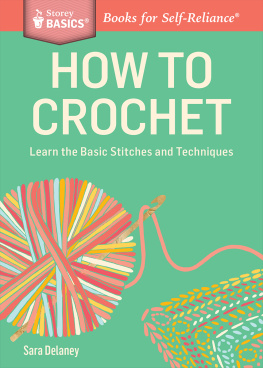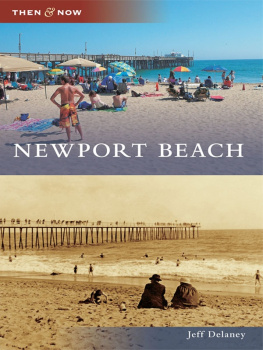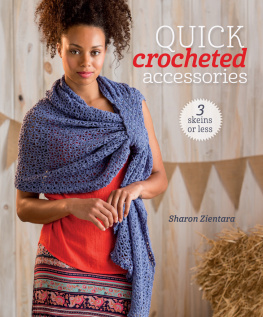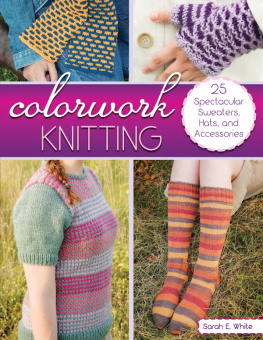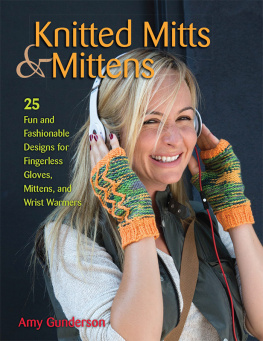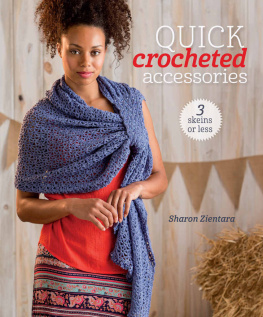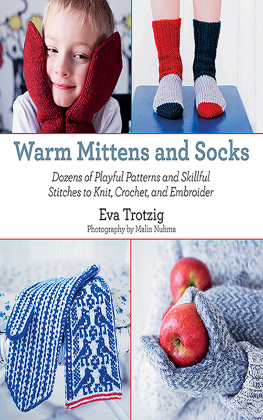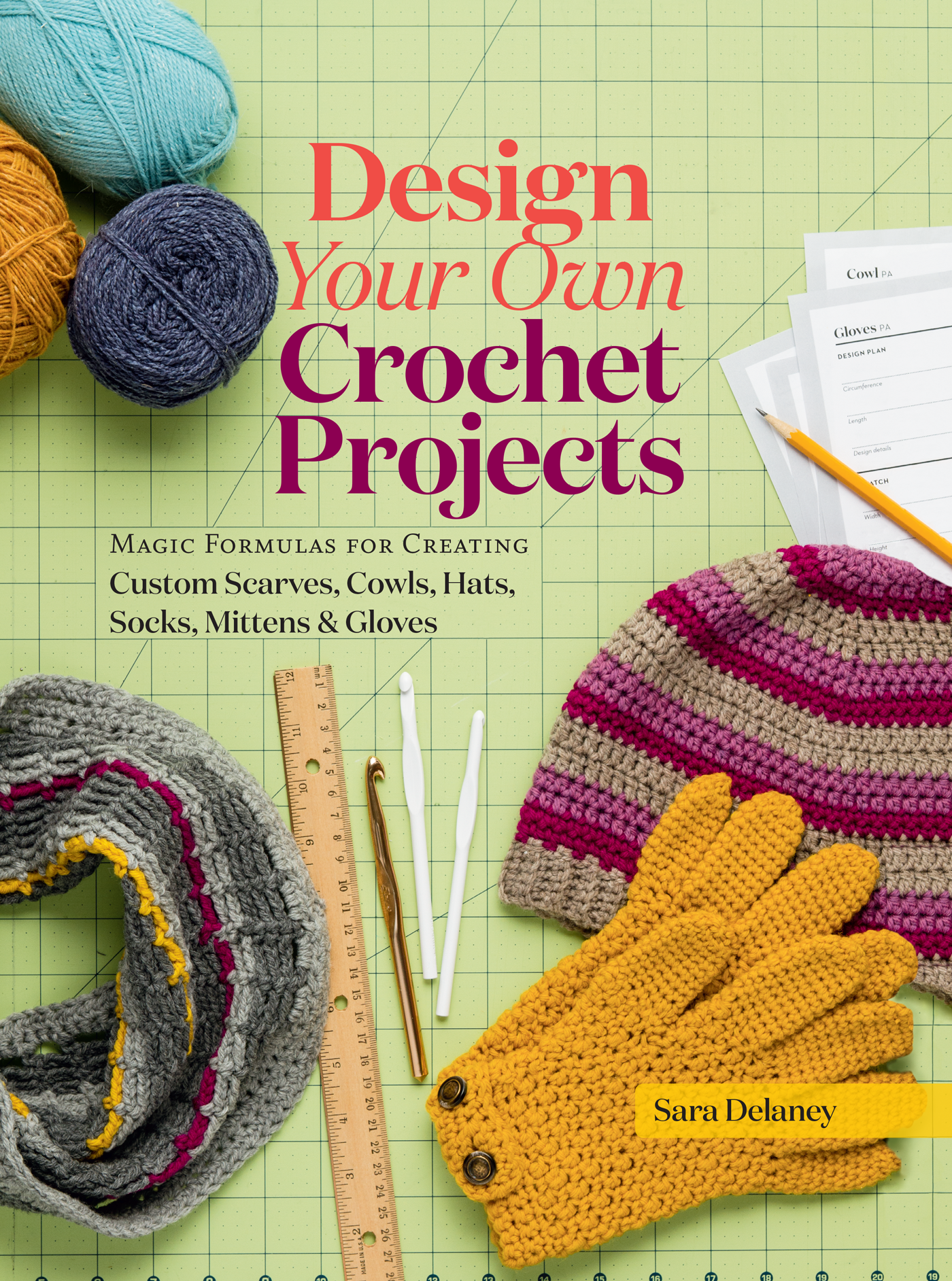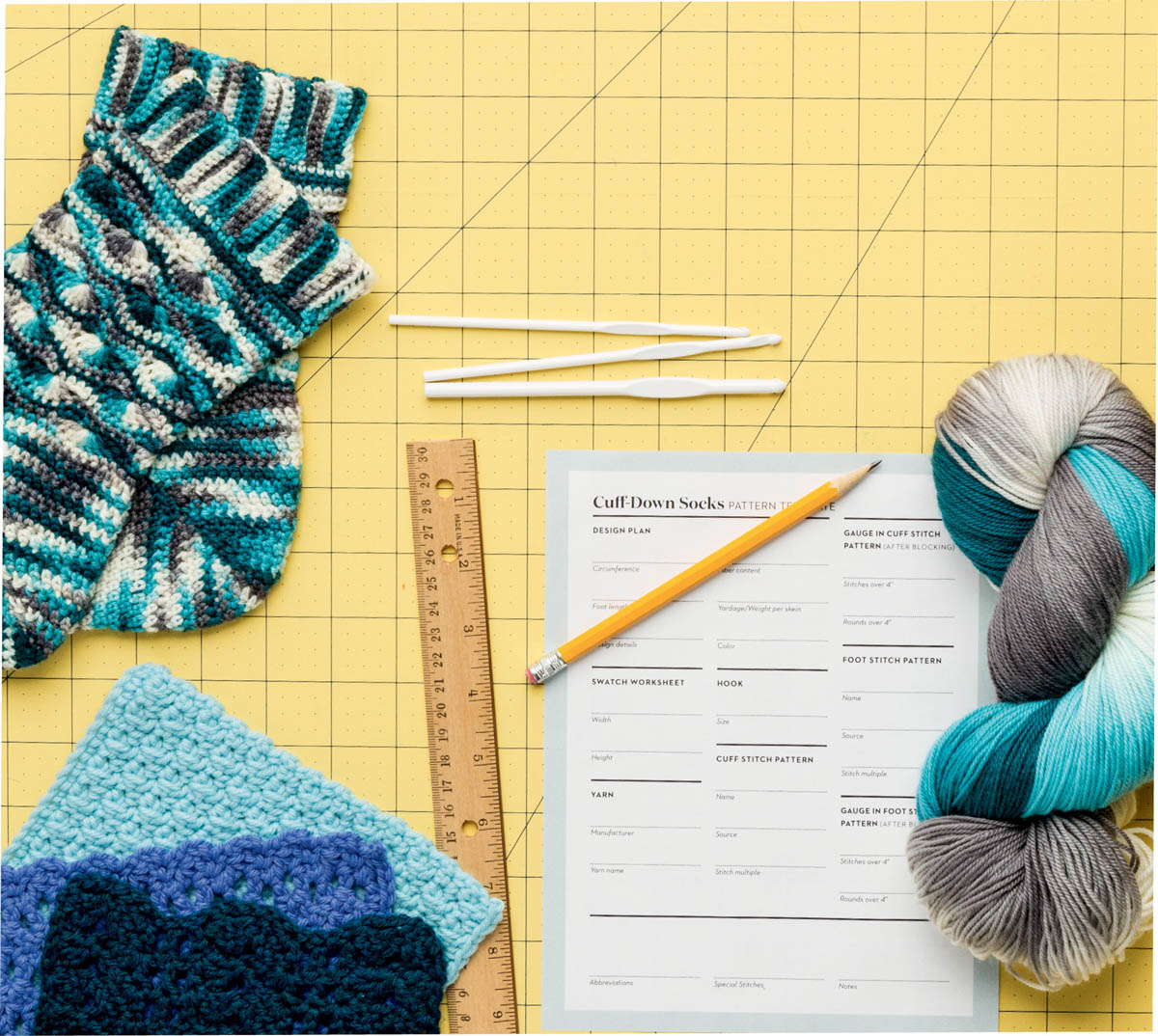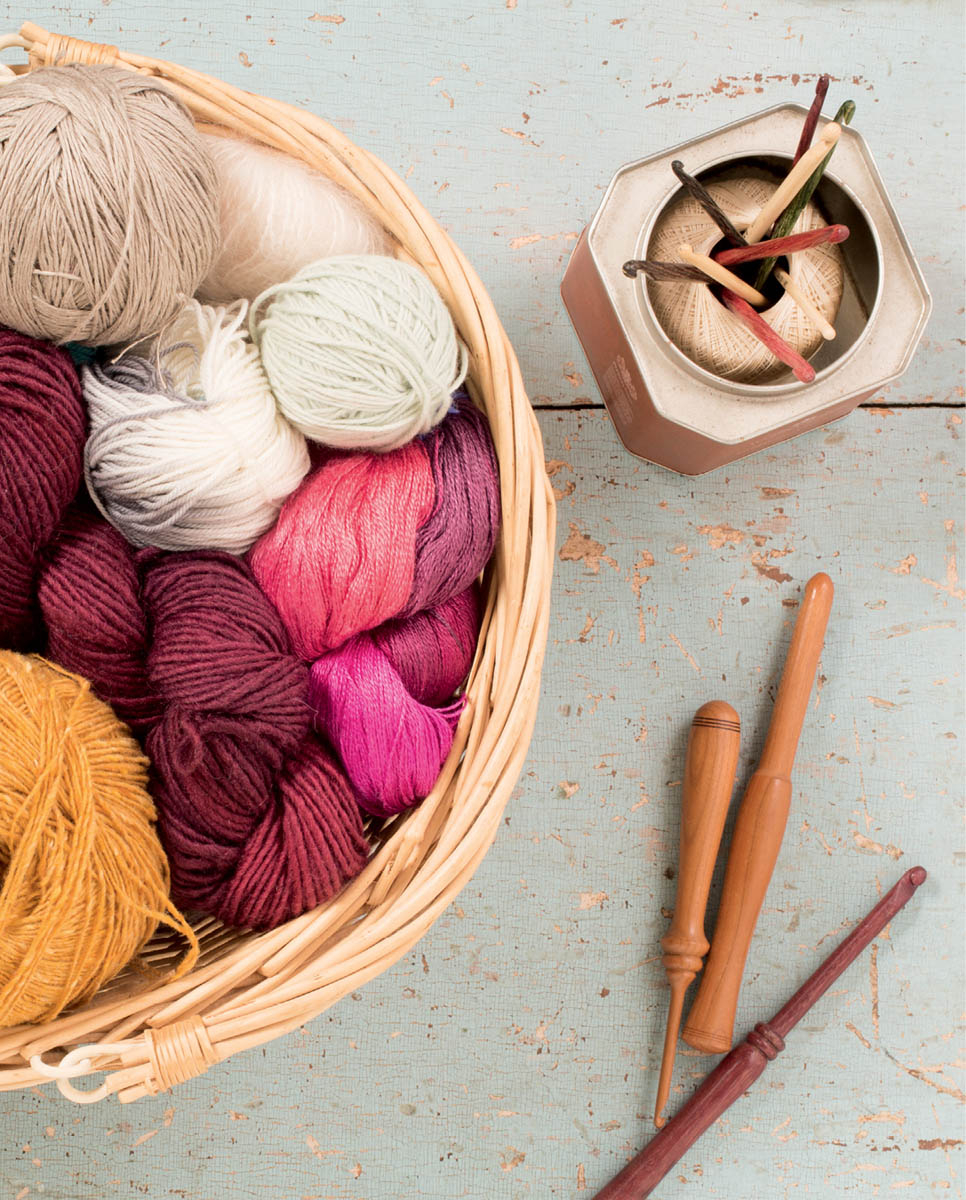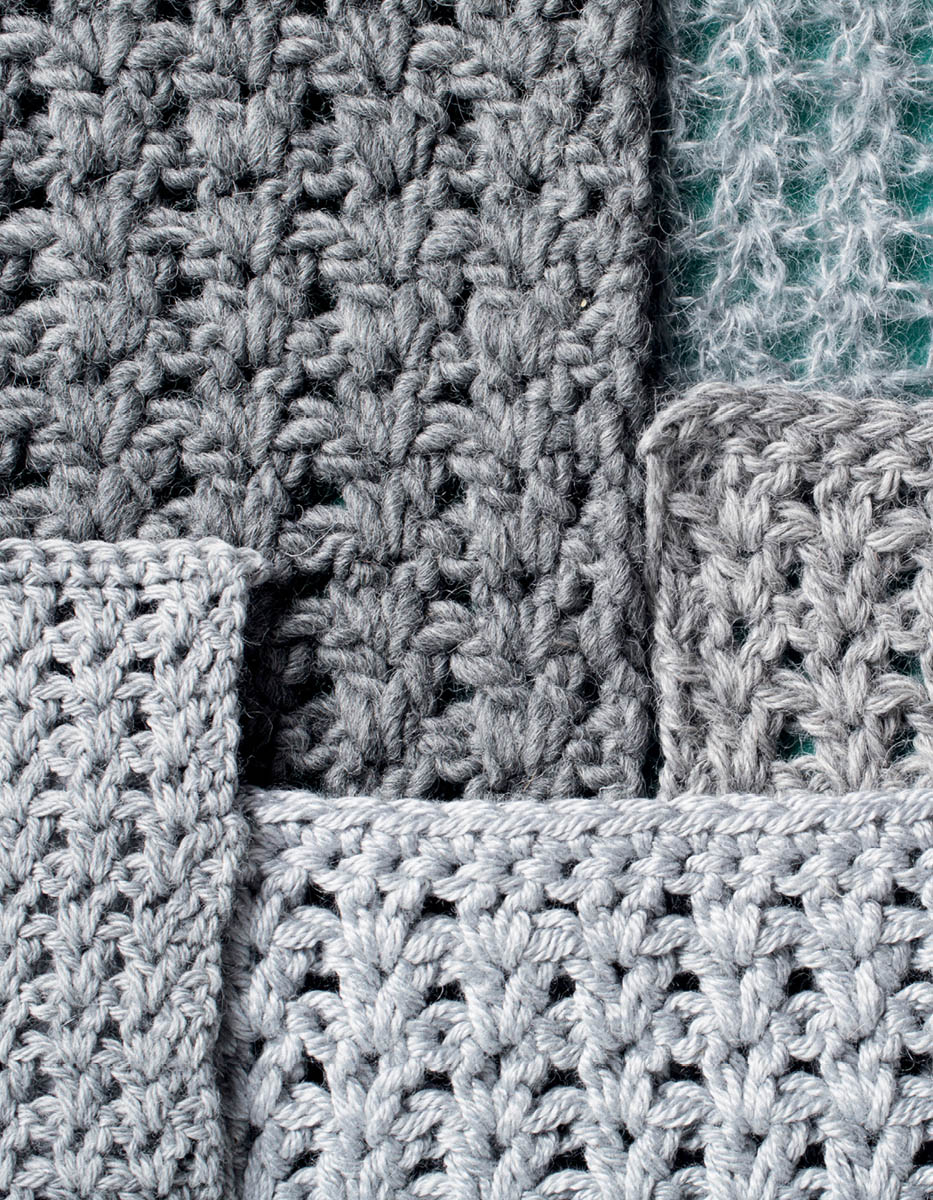For Patrick
Did you get pears?
Well discuss it inside.
Contents
Introduction
Why Do We Need Crochet Patterns?
When I learned how to crochet, I wasnt interested in being able to use the fantastic array of yarns I saw at the yarn shop or craft store. I wasnt lured in by the idea of creating my own clothing or accessories. I wasnt jealous of the warm woolies my friends were wearing. I just wanted to do what my Memaire was doing; I was only seven. She taught me some basic stitches, told me what hooks worked with the yarn she used, and that was it. It wasnt until years later, after college, after learning to sew and draft my own clothing patterns, and after getting married and having my own kids, that I became interested in crochet for all those previous reasons.
When I finally reacquainted myself with hook and yarn, I did so mostly in isolation, of my own choice. I tend to be a solitary learner. I see or hear something that piques my interest, and off I go to see if it holds my interest. And boy, did crochet hold my interest! It quickly became my dominant craft, and I was always trying new ideas. I designed hats and scarves for my girls without really knowing what I was doing. Fancy yarns would call my name, and Id try to make them work as something, anything. Sometimes they worked amazingly well that fancy yarn and my crazy ideas but more often than not, I failed miserably. When I did get a yarn to work, I could never quite duplicate that success. I rarely wrote down what Id done, and when I did, it was pretty cryptic stuff, not in any kind of standardized terms that anyone else would be able to read. Going back and looking at some of my early patterns, even I dont know what I meant by most of my notes.
I realized that to get better at what I clearly loved doing, Id better educate myself. I picked up whatever books I could get my hands on at the library, but most books were either just patterns or total beginner guides. There were no books that helped me understand the middle ground how to read a pattern, how to choose yarn, what a swatch was all the things one needs to know to create a successfully repeatable pattern. Thankfully, Im pretty stubborn and decided just to tough my way through it. I cobbled together knowledge from magazine articles and skimmed ideas from pamphlets and books, and with the Internet really blooming in the early aughts, I was able to find other like-minded people on Ravelry and at my local yarn shop (LYS).
I even went to work at WEBS, which happens to be my LYS, where I began to understand much more about yarn and fiber and how all of that variety could affect my crochet. This reignited my interest in designing items that could be reproduced. Fortunately, WEBS had an on-staff designer, Kirsten Hipsky. And while she was primarily a knitwear designer, she was a wonderful resource, full of encouragement and advice, and painfully honest about the blood, sweat, and tears that can go into designing, writing, and sampling a crochet (or knit) pattern.
Its not always a glamorous or fabulous process, and you likely wont get famous or rich, but you just might find that creating your own design scratches an itch you didnt know you had. You may find it ridiculously fulfilling to be able to create something that someone else, on the other side of the world, can reproduce. Or it may just be a quiet kind of satisfaction you feel when youre able to shape and filter your ideas and inspirations into a usable object knowing that you can do it again because you recorded the process in clear and concise language.
Every crocheter dreams of the perfect project, the ultimate combination of yarn, color, and stitch, yet many of us never quite get there. We may find the right yarn and the right project but struggle with the right color or stitch gauge, or nail the gauge and color, but something about the yarn just isnt quite right. In the following chapters, youll find formulas and advice on how to combine techniques you already know and understand in order to create accessories that you can be proud of. This book will encourage you to make your own accessories, help you to choose the right yarns, make decisions about sizes and stitch patterns, and achieve that perfect project.
Whether you have designer aspirations and need a book that walks you through the steps of recording your design process, or you just want to know how to make a hat without having to search for the right pattern each time, youll find what you need in these pages. And I hope you enjoy the process of working through these worksheets as much as I have enjoyed creating them for you.
Spinning a Yarn
Lets begin by talking a bit about yarn. Making the wrong choice here can really throw a wrench in the works. While Id like to say that there is no wrong choice with yarns, or that you can make any project with any yarn, there are some choices that will lead to success and others that will lead to failure. Understanding a bit more about the fibers you have to choose from will help with your final yarn choice.
Whats This about Fibers?
You will encounter three major types of fiber: animal, plant, and man-made. Each has important characteristics to keep in mind.

Assorted fibers, spun and unspun: 1, 2, and 3, silk; 4 and 5, linen; 6, 7, and 9, wool; 8, mohair.
Animal, or Protein, Fibers
This group includes wool (sheep), alpaca, llama, angora (rabbit), cashmere (goat), mohair (goat), qiviut, camel, and any other fiber that is the hair of an animal. The hair of the animal is removed by shearing (cutting) or collected as it is shed; in both cases, it is then processed into yarn. These yarns can be lightweight but very warm and insulating. They can range from buttery soft against the skin to outright itchy and uncomfortable, and maybe an allergy concern for some. These fibers will, for the most part, need to be hand-washed and laid flat to dry, or dry-cleaned. Animal fibers all have some degree of crimp, the bend or curl of the individual fibers think of a slinky! Because of their spiral or wavy shape, you dont have to group the fibers together too densely to create a yarn that will stay together. This means that you can have a bulky yarn that is fairly lightweight compared to plant-based yarns of the same thickness, because theres so much air between the fibers of the yarn. All those bumps and twists help to hold it all together! Within this category you will find differing characteristics among different sheep breeds, some of which have lots of bounce and memory. In comparison, alpaca has less memory, but more sheen and more drape in a finished fabric. Angora and mohair both feature the characteristic halos that make yarn from these fibers seem fuzzier.


